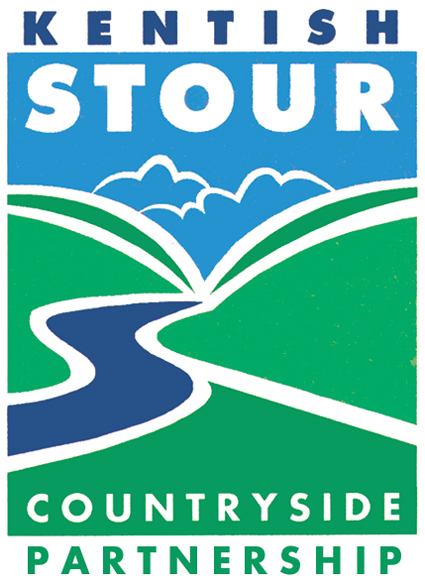The Farmed Landscape
It has been proven that organically managed arable crops sustain more invertebrates and birds than conventional intensive management. Intensively managed crops tend to be sprayed with pesticides which reduces the numbers of invertebrates. Many arable “weeds”, once common, are now very rare. Birds which use mainly arable fields have suffered the largest declines of any group of birds in the last 25 years. Skylarks have declined by 58%, grey partridges by 82%, turtle doves 77%, linnets 52%, song thrushes 73%, and tree sparrows 89%. Leaving winter stubble which provides seeds and offers shelter for birds is uncommon today.Some farms, through the government’s Countryside Stewardship Scheme, have entered into agreements to provide arable field margins. These allow grasses and wildflowers to thrive thus encouraging other wildlife. Olantigh Estate at Wye, Grandacre Farm at Waltham, Perry Court Farm in Chartham, and Godmersham Estate are managing some of their land in this positive way.
The move from mixed farms to monocultural farms has created bleak landscapes both on the downs and in the flood plains. Lapwing is one species of bird which has suffered as a consequence with numbers reduced by 62% in the last 25 years. Perry Court Farm at Chartham maintains a bio-dynamic mixed farm and is thus able to reduce its inputs from outside the farm – by careful rotations the soil is maintained in good condition. Perry Court Farm is the only farm in the Stour Valley to produce organic arable crops.
Hedges provide a valuable contribution to the landscape of the English countryside and offer food and shelter to much of our native wildlife. Organic farms usually have more hedgerows because they use more environmentally sympathetic techniques and they are useful in protecting the farms from pesticide sprays used on neighbouring farms.
Chalk grassland is one of the most attractive and wildlife rich landscapes in the Stour Valley. It is grassland which has not been improved with fertilisers, particularly artificial fertilisers, and has not had pesticides or other chemicals added to it. It is especially rich in wildflowers and correspondingly butterflies and other invertebrates.
Other important types of grassland which offer interest to wildlife as well as providing diversity in the landscape include acid, neutral, and wet grasslands. There are few of these types of grassland and their associated wildlife remaining in the Stour Valley today.
It is likely that organically produced beef and lamb will have been grazed on wildlife rich grasslands, as more ‘wildlife friendly’ farming techniques will have been used. Organic meat is available from Perry Court Farm Shop and Wincheap Butchers.
visit our food and drink directory.
